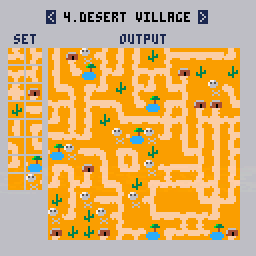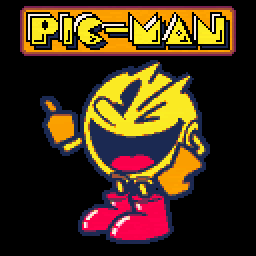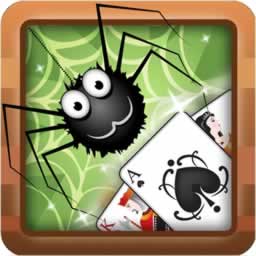Wave function collapse - Simple tiled model
 Top Model Fashion Dress Up
Top Model Fashion Dress Up
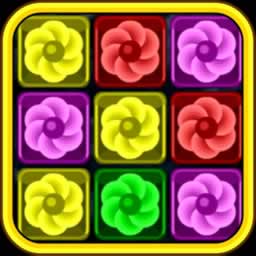 Block Collapse Challenge
Block Collapse Challenge
 Heart Balloons Block Collapse
Heart Balloons Block Collapse
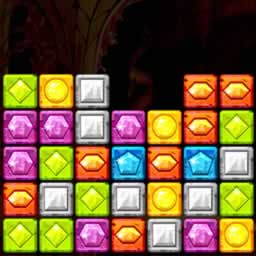 Gems Blocks Collapse
Gems Blocks Collapse
 Flowers Blocks Collapse
Flowers Blocks Collapse
 Easter Blocks Collapse
Easter Blocks Collapse
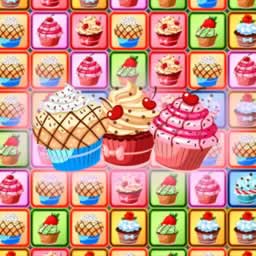 Cake Blocks Collapse
Cake Blocks Collapse
 Korean Supermodel Makeup
Korean Supermodel Makeup
 Cursed Egg (Ellipses)
Cursed Egg (Ellipses)
 Simple Animation Function
Simple Animation Function
 It's High Noon
It's High Noon
 NESFamicom (2A03) triangle wave is possible?!?
NESFamicom (2A03) triangle wave is possible?!?
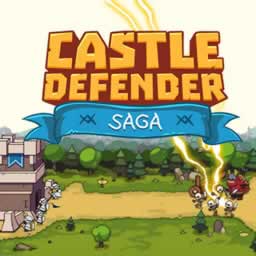 Castle Defender Saga
Castle Defender Saga
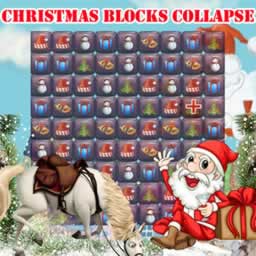 Christmas 2019 Blocks Collapse
Christmas 2019 Blocks Collapse
 Killing the Virus
Killing the Virus
 Super Jewel Collapse
Super Jewel Collapse
 Candy Blocks Collapse
Candy Blocks Collapse
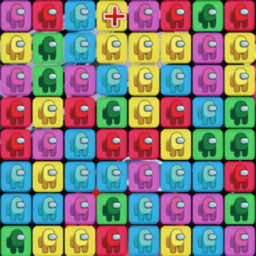 Among Impostor Collapse
Among Impostor Collapse
 Elemental Blocks Collapse
Elemental Blocks Collapse
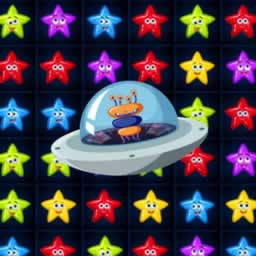 Alien Home Block collapse
Alien Home Block collapse
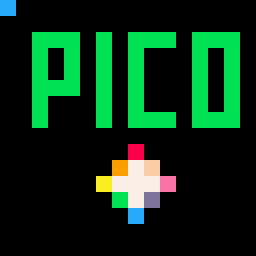 Simple Collision Function
Simple Collision Function
 Sery Runway Dolly Dress Up H5
Sery Runway Dolly Dress Up H5
 Top Model Sisters
Top Model Sisters
 Graphical Artifact (GART) function
Graphical Artifact (GART) function
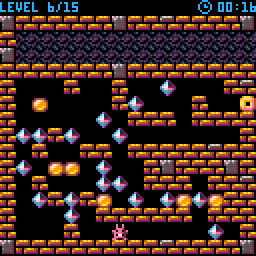 Puzzle Cave - Raiders Of The Lost Potato
Puzzle Cave - Raiders Of The Lost Potato
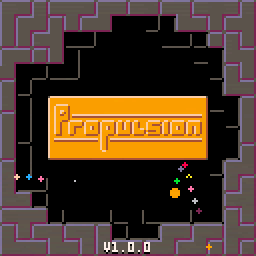 Propulsion - a physics-puzzle-platformer
Propulsion - a physics-puzzle-platformer
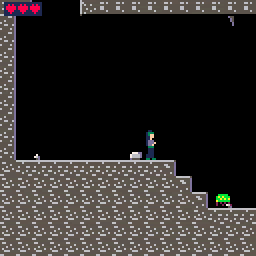 Pario-8
Pario-8
 BulletHeck 2
BulletHeck 2
 Warzone Getaway 2020
Warzone Getaway 2020
 Endless Siege
Endless Siege
 They Started It
They Started It
 Cherry Bomb
Cherry Bomb
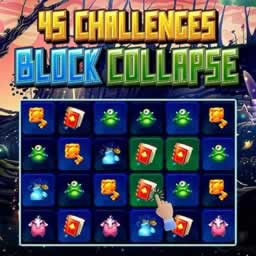 45 Challenges Block Collapse
45 Challenges Block Collapse
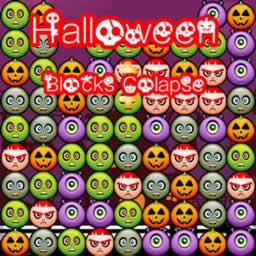 Halloween Blocks Collaspse Delux
Halloween Blocks Collaspse Delux
 Crazy Collapse
Crazy Collapse
 Epic Jungle Escape
Epic Jungle Escape
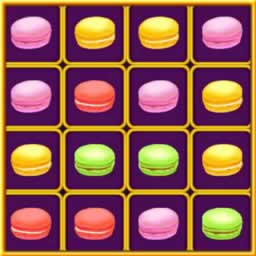 Macarons Block Collapse
Macarons Block Collapse
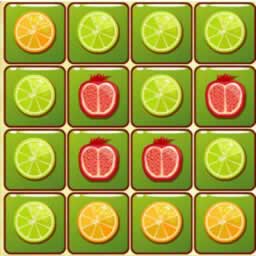 Fruits Blocks Collapse
Fruits Blocks Collapse
 Candy Blocks Collapse
Candy Blocks Collapse
 Rakhi Block Collapse
Rakhi Block Collapse
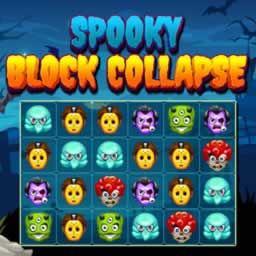 Spooky Block Collapse
Spooky Block Collapse
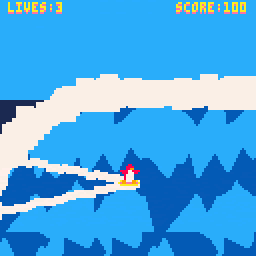 Catchin' Pico Waves (Club Penguin)
Catchin' Pico Waves (Club Penguin)
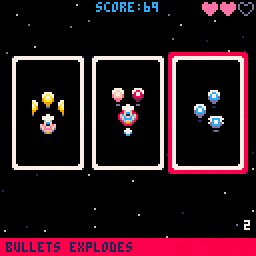 zodujazuhu
zodujazuhu
 pelogen (3D modeling tool)
pelogen (3D modeling tool)
 Trend Girl
Trend Girl
 Funny Tattoo Shop
Funny Tattoo Shop
 Car model dress up
Car model dress up
 Vlogger Shooting With Sally
Vlogger Shooting With Sally
Wave function collapse - Simple tiled model
This is my take on the wave function collapse algorithm in one of its simple variants : the simple tiled model.
Given a set of tiles and some adjancency rules, the algorithm tries to produce an image. It can be used for levels generation, pattern-like backgrounds and can also be used for non-visual data.
How does it work ?
This cart contains a few demo tilesets and rulesets that you can navigate between with the left and right arrows.
Sometimes the algorithm gets stuck (shown with red tiles). This happens when there is a contradiction : the rules won't allow any tile to be placed on a position. Press X or O to restart.
Yeah but, really, how does it work ?
I suggest you look at the links provided below for more information about the algorithm.
For this specific implementation, I used bitfields to encode adjacency rules : each tile has a list of 4 integers (for the four directions : up, right, down, left). Valid neighbors are determined by comparing (with a binary AND) the opposite bitfields of each tiles : 1 can connect with 1, 3 can connect with 2 and with 1,...
Links
Original implementation by Maxim Gumin (@ExUtumno) : https:github.commxgmnWaveFunctionCollapse
The coding train's implementation which this cart is based on : https:youtu.berI_y2GAlQFM
A nice explanatory video by Martin Donald : https:youtu.be2SuvO4Gi7uY
GDC Talk about wave function collapse in 'Caves of Qud' : https:youtu.beAdCgi9E90jw
